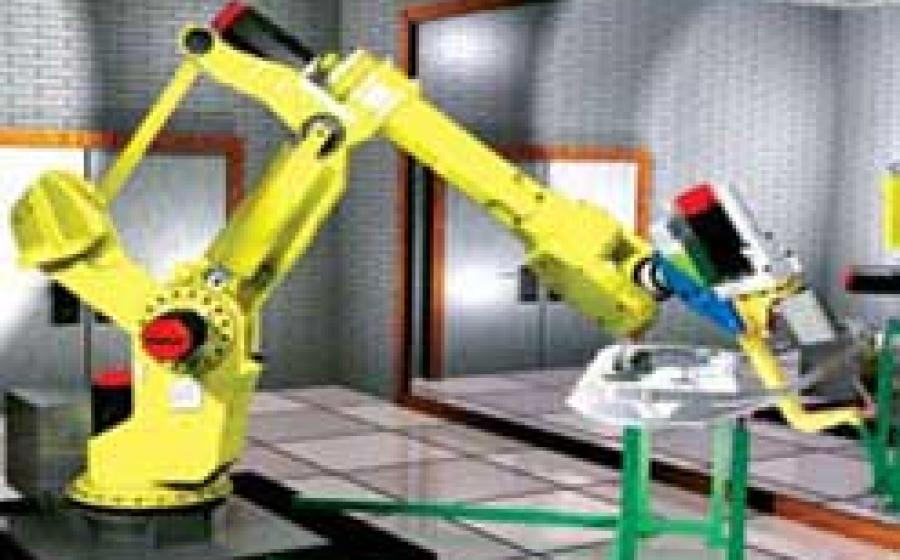Plastics based on resins composed principally of polymeric esters, in which the recurring ester groups are an integral part of the main polymer chain, and in which ester groups occur in most crosslinks that may be present between chains.

Its an interesting book that i read many years back. It talks about the familiar sayings and their meanings. This reminds me that for we packaging technologists, the life is not different. If I try to explain the meaning of book from packaging technologists' point of view, its: 1. Lock: Tamper evidence 2. Stock: Material options and availabillty Chhavi Goel 3. Barrel: Its the real container where the complete packagingChhavi Goel technology is built up So here in this article, now we will try to give you more meanings about the popular words in packaging and we also expect you to add your familiar packaging sayings here for the benefit of entire packaging community.
 Computer-aided manufacturing (CAM)
Computer-aided manufacturing (CAM)

This term implies the use of a computer and postprocessing or linking software (such as Smartcam or Mastercam) to manipulate and compile data into a machine language for a machine(s) to execute the desired function. Another definition is the use of computers to program, direct, and control production equipment.
GSM
It is an acronym standing for 'Grams per Square Meter'. It allows print buyers and print suppliers to know exactly about the quality of paper that is being ordered. Two ways of expressing grammage are commonly used:
- Expressed in grams per square meter (g/m2), paper density is also known as grammage. This is the measure used in most parts of the world.
- Expressed in terms of the mass (expressed as weight) per number of sheets, it is known as basis weight. The convention used in the United States and a few other countries using US paper sizes is pounds of a ream of 500 (or in some cases 1000) sheets of a given (raw, still uncut) basis size. Japanese paper is expressed as the weight in kg of 1,000 sheets.
 Coextrusion
Coextrusion

Coextrusion is the extrusion of multiple layers of material simultaneously. This type of extrusion utilizes two or more extruders to melt and deliver a steady volumetric throughput of different viscous plastics to a single extrusion head (die) which will extrude the materials in the desired form. This technology is used on any of the processes used for plastic film manufacturing (blown film, overjacketing, tubing, sheet). The layer thicknesses are controlled by the relative speeds and sizes of the individual extruders delivering the materials.
In many real-world scenarios, a single polymer cannot meet all demands for an application. Coextrusion allows for mediation of this problem, optimizing a wide range of properties such as oxygen permeability, strength, stiffness, and wear resistance
 laser scoring
laser scoring

Use of high-energy narrow light beam to partially cut through a material in a straight line or shaped patterns. This process is used to provide an easy-opening feature to various types of flexible packaging materials.
 Diatomaceous Earth
Diatomaceous Earth

A substance consisting of the skeletons of billions of microscopic plankton, containing a high amount of silicon. A common paper filler, also used in ceramics, glazes and dynamite.
Alkyd plastics
 Backing Liner
Backing Liner

 Edible Packaging
Edible Packaging

The packaging is made of an edible component which is a thin continuous layer of edible material formed on / placed on or between the food and food components. This packaging is an integral part of the eaten and can be eaten as a part of the whole food product. This could be in form of a coating or a film
 Corrugated board
Corrugated board

Corrugated board is formed by gluing one or more sheets of fluted corrugating medium ( the wavy paper in the middle) to one or more flat facing linerboard. Common types corrugated boards are: Single Face, Single wall, Double wall etc.
Hickey
 Ghosting
Ghosting

 Definition of 'Consumer Packaged Goods-CPG'
Definition of 'Consumer Packaged Goods-CPG'

Cost and Freight (C&F)
Term of sale signifying that the price invoiced or quoted by a seller for a shipment does not include insurance charges, but includes all expenses up to a named port of destination. In comparison, carriage paid to (CPT) terms include all transport charges (but not insurance) up to a named place (usually the buyer's warehouse) of destination. See also cost, insurance, freight (CIF).
 Bioprinting
Bioprinting

 Gas transmission rate (GTR)
Gas transmission rate (GTR)

 NFC - Near Field Communication
NFC - Near Field Communication

 Aclar
Aclar

 CTFE
CTFE

Freight on board (FOB)
Caliper
 Pictorial Marks for Safe handling of good
Pictorial Marks for Safe handling of good

 Elemendorf test
Elemendorf test

A test for measuring the tearing resistance of paper, paperboard, tape, and other sheet materialsTest details and other parameters are available in standard - ASTM D1424 - 09(2013)
Photo Polymer
Automation
 Lenticular printing
Lenticular printing

 Nanography™
Nanography™

 3D Printing
3D Printing

 In-Mold Labels
In-Mold Labels

 Vacuum Packaged Product
Vacuum Packaged Product

 Data Matrix
Data Matrix

 Linear or 1D barcodes
Linear or 1D barcodes

 Epedigree
Epedigree

 Vials
Vials

Tamper Evident Technology
 Label
Label

Anchorage
Congratulations Mr. Yogesh Gandhi
 Vacuum Packaging
Vacuum Packaging

 Skin Packaging
Skin Packaging

 LUG
LUG

 Lap seal
Lap seal

 Fin Seal
Fin Seal

Deaerator
Snap-On-Cap
Deflashing
Drop test
Aseptic Packaging
Blister Pack
Blowup Ratio
Anilox Roller
Gelometer
At loggerheads
Get your free copy of Packaging Innovations Book
Heat sealer
Spectrophotometer
Child Resistant Packaging
Gunny Sack
Barrels
Silk Screen Printing
Apple of his eye
Embossing
Doctor Blade
Bursting Strength
Blanching
Composite Cans
Deceptive Package
Decalcomania
COF - Coefficient of Friction
Pressure Sensitive Label
Double Wall
Edge Crush Test
Collapsible Tubes
Chime
Black plate
Anti-Static Agent
Desiccant
Anti-counterfeiting Packaging
Carboy
Breathing Package
Annealing (Section of the Machine Direction Orientation)
Computer-to-plate (CTP)
All ship-shape and Bristol fashion
Kraft
Abrasion resistance
Atomizer & Atomization
Bale
Barrier Material
PETG
Fin Seal
Unit Dose Packaging
Acrylic Plastic
Hot Melt
Boilable Pouch (boil-in-bag)
Blank
Bar Code
Bag-In-Box
Adhesive
Crash Lock (glued)
Agog
White Room
Air Ejection System
Eye-mark
Aclar
Air Conveying
Headspace
Tampo Printing
Active Packaging
Functional benchmarking
Air Knife Coater
Pantone Matching System
Acid Test
Aseptic Filling
ESCR
Ampoule
Impregnated Paper
COC Cert.of Compliance
Hot Stamping
Asset Utilization
Supercalender
Tamper Evident/resistant closure
Holography
Excelsior
Electrostatic Printing
Auger Filler
Halftone
Release Force
Bobbins
Aseptic processing and packaging
Repeat Motif Printing
Honeycomb Board
Aerosol & Aerosol container
Blown Up ratio
Categories



